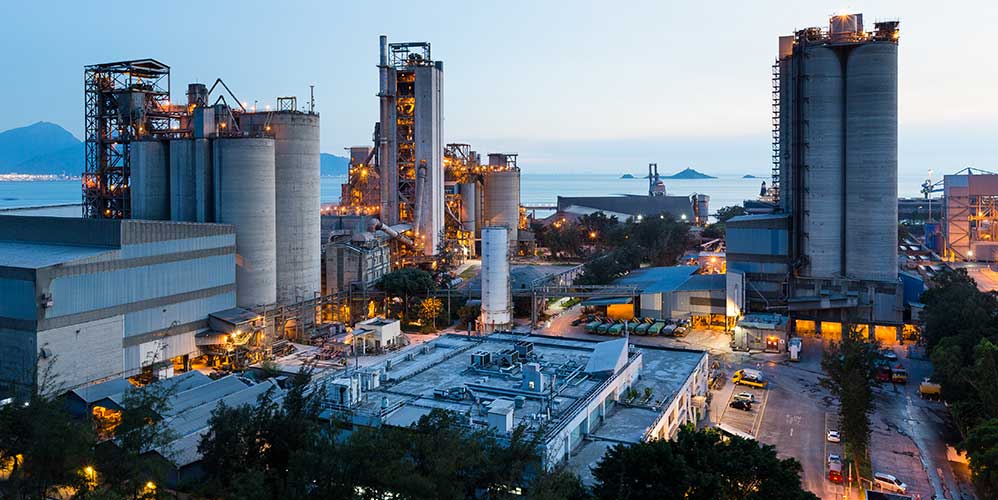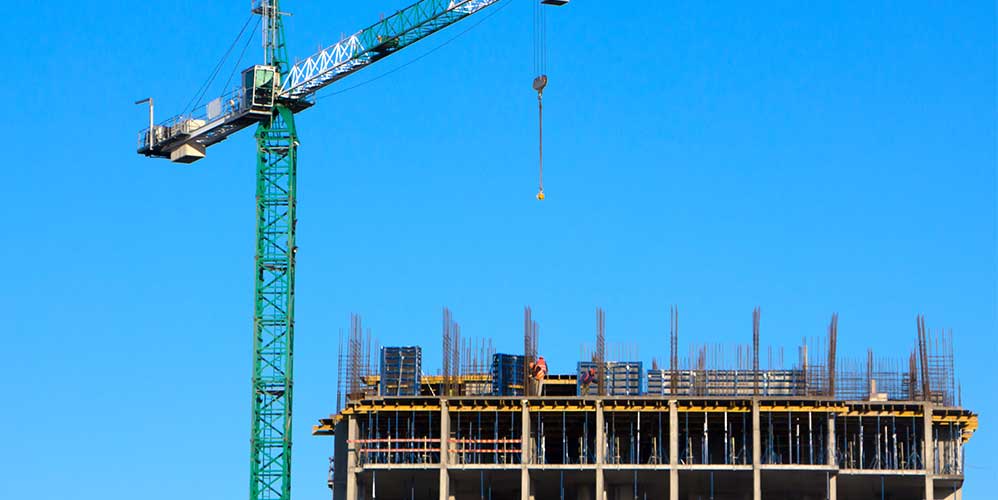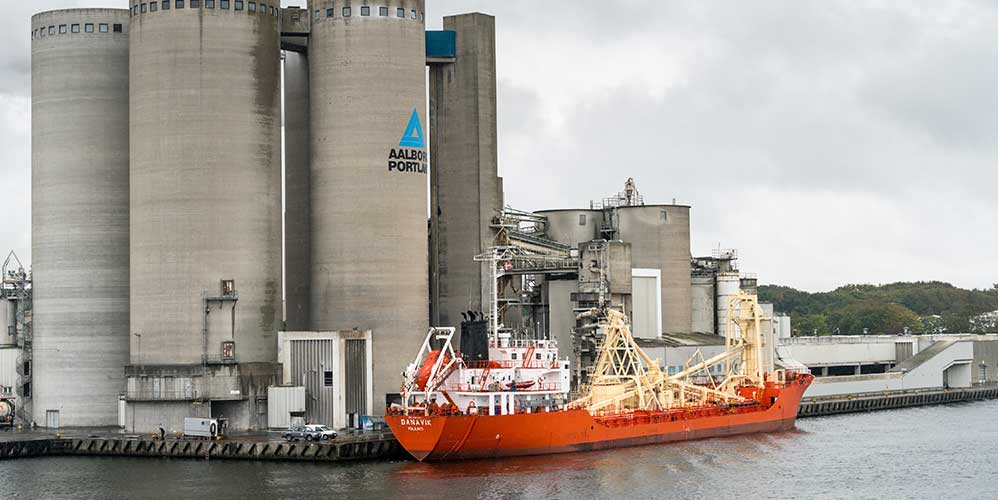Where is cement used?
Airports | Green roofs | Bridges | Water pipes | Grain silos | Tunnel | Multi storey car parks | Elevated trains | Swimming pools | High rise office buildings | Water reservoirs | Dikes | Wind Power | Roads | Dams | Cargo ships | Statues | Stairs |High rise residential buildings | Houses
Cement plays a key, but often unnoticed, role in our lives. Cement is mainly used as a binder in concrete, which is a basic material for all types of construction, including housing, roads, schools, hospitals, dams and ports, as well as for decorative applications (for patios, floors, staircases, driveways, pool decks) and items like tables, sculptures or bookcases. Concrete is a versatile and reliable construction material with a wide range of applications. When looking at possible pathways to reduce the carbon footprint of the European cement industry, it is important to examine some of the characteristics of the industry that will influence the availability or viability of emission reduction options.
WHY DOES THE PRESENT ROADMAP FOCUS ON CO2?
The cement industry is CO2-, energy- and material-intensive. Measures to decrease energy consumption and to improve resource efficiency will de facto, reduce CO2 emissions (hence the focus on CO2 emissions). The combination of process emissions (emissions released when limestone is transformed into lime during the production process) and emissions from the required thermal energy leads to substantial CO2emissions for each tonne of cement. It should be noted that the generation of other greenhouse gases like CH4 and N2O occurs in only insignificant quantities in the cement manufacturing process1.
A PROCESS AND CAPITAL INTENSIVE INDUSTRY
The cost of constructing a new cement plant with 1 million tonnes of annual capacity is typically more than €150 million. Modernisation of existing cement plants is also very expensive. In addition, and in order to meet European environmental legislation, operations face major investments and operating costs. 30% of the cement industry’s total operating expenses relate to energy costs. The cost of a new cement plant is equivalent to around three years of turnover, which ranks the cement industry among the most capital-intensive industries. Long periods are therefore needed before these large investments can be recovered. Plant modifications have to be carefully planned, as typical investment cycles in the sector last about 30 years. Consequently, achieving the 2050 low-carbon economy roadmap for the European cement industry will be based on balancing recent investments with planning new investments in the coming decades.
AN INDUSTRY WITH A HOMOGENEOUS PRODUCT
Although produced from naturally occurring raw materials that can vary widely from plant to plant, cement is a product manufactured in Europe according to a harmonised standard. Despite the existence of specialised segments, many cements are interchangeable, which promotes a competitive cement market. This also means that European production can be very vulnerable to cheaper imports.
A LOCAL INDUSTRY
Cement is mostly locally produced and locally consumed. However, it is also transported over long distances by sea, river and land as plants rationalise and exploit efficiencies of scale. Land transportation costs are significant. Transporting cement costs about €10 per tonne for every 100km by road and around €15 per tonne to cross the Mediterranean Sea2. In addition, transport costs per tonne are lower to ship a large consignment of cement from the north coast of France across the Atlantic than to truck it to Paris. For plants not operating at capacity, the cost per tonne to produce an additional tonne can be relatively low. With a substantial part of the European cement market within the economically viable range of a sea port, these factors together mean that European cement plants are vulnerable to imports.
AN INDUSTRY LINKED TO ECONOMIC CYCLES
Cement consumption is closely linked to economic development in the local region or country. In mature markets, such as Europe, where cement consumption per capita still varies considerably from one country to another, cement sales are dependent on activity in the construction sector, which closely follows (usually after a brief delay) general economic activity.





